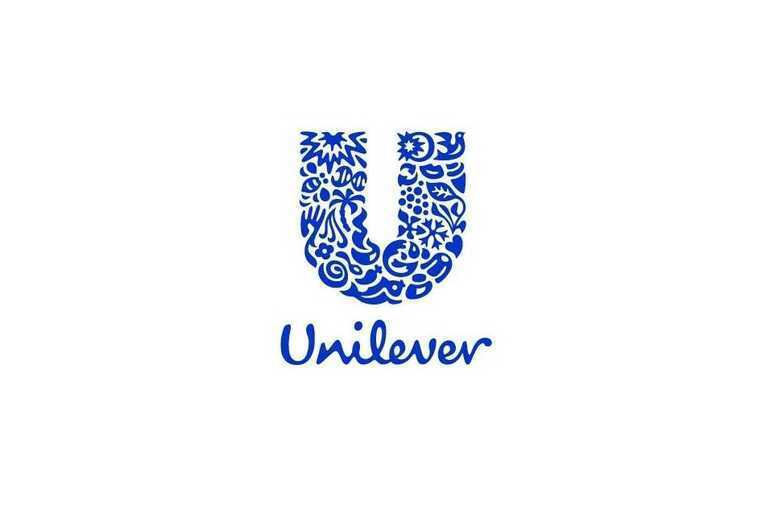
Five key ways to confront climate change in 2025
The World Weather Attribution highlighted five key ways to confront climate change in 2025; namely ...

By using fewer resources and generating less waste, Unilever sets ambitious eco-efficient targets for its manufacturing operations.
As its business continues to grow, Unilever aims to reduce its operational environmental footprint to become carbon positive by 2030.
Under the ‘Unilever Sustainable Living Plan (USLP)’, the organisation outlines its targets to reduce greenhouse gas emissions, water use and waste reduction, as well as its ambitions to be a leader in the transition towards a global zero carbon economy.
Unilever’s activities support its commitment to the UN Sustainable Development Goals 7 (clean and affordable energy) and 13 (climate action).
Despite a significant increase in production volume, Unilever’s initial targets for carbon positivity by 2030, include the reduction of its CO2 emissions from energy used within its factories to meet or be below the levels of 2008 by 2020, representing a reduction of 40% per tonne of production.
By 2030, Unilever aspires to become carbon positive within its manufacturing operations, by:
Directly supporting the generation of more renewable energy than need, making the surplus available to the market
Achieving targets
In order to achieve its ambitious manufacturing sustainability targets, Unilever is focusing on five areas of change:
Manufacturing programme
Building on its existing total productive maintenance (TPM) tools and techniques, Unilever has developed a world class manufacturing (WCM) programme to focus on sustainability via continuous improvement and investment in efficiency equipment and technology.
As part of its target setting process, each factory is given improvement targets in order to measure the organisation’s performance against its sustainability performance indicators. This helps each factory maintain a link between eco-efficiency and better factory performance.
Each year, Unilever secures capital investment for projects that reduce energy and energy, as well as water use and waste, in order to deliver the strongest environmental and financial benefits.
Training and best practices
Unilever stresses that every person has a part to play in reaching its targets under its USLP. “we’ve found that a practice from one factory can often be easily replicated elsewhere, reducing equipment purchasing and design costs. It means we can leverage our global scale, sharing ideas, inspiring our colleagues to think outside of the box,” says Unilever.
GHG emissions by type
Unilever’s manufacturing sites uses multiple energy sources depending on production processes and geographical location.
In 2014, Unilever issued a US$288mn Green Sustainability Bond, which invited investors to support its sustainable growth vision. The proceeds have been used on greenhouse gas projects as well as water and waste projects in the USLP.
This included: Home Care South Africa, Home Care China, Beauty and Personal Care Turkey, Refreshment and Spreads US.
Efficient purchasing
By consolidating its global, regional and national procurement contracts, Unilever strives to achieve cost effective environmental improvements.
Although Unilever strives to reduce its energy intensity, it is scaling up its use of renewable energy. By the end of 2018, 111 of its manufacturing sites in 36 countries used 100% renewable grid electricity, accounting for 67% of its total grid electricity consumption.
The World Weather Attribution highlighted five key ways to confront climate change in 2025; namely ...
Climate change contributed to the deaths of at least 3,700 people and the displacement of ...
The EU has standardized charging ports for mobile phones and other portable electronic devices, all new ...


اترك تعليقا